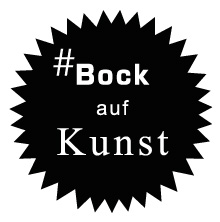La Biennale di Venezia
15th International Architecture Exhibition
Statement by Paolo Baratta
President of La Biennale di Venezia
What does the lady on the ladder see?
The lady on the ladder who climbs up onto the highest rungs casts her gaze over a broader horizon and, by so doing, conquers an “expanded eye,” announces the 15th Architecture Biennale curated by Alejandro Aravena.
We liked the image right away mainly because it seems to represent the Biennale as a whole, along with our mindsets and goals.
This image is also to a certain extent a counterpart to the one chosen for the most recent Biennale Arte. Last year, the symbol chosen by Okwui Enwezor was Paul Klee’s famous Angelus Novus as interpreted by Walter Benjamin; the winged angel looks towards the past in fear, seeing only the past. In that past it sees ruins and tragedies, but also illuminations that may be useful tomorrow, in the future towards which providential occult forces thrust it, like the wind blowing its wings.
What does the lady see? I think she mostly sees a wasteland made up of immense areas inhabited by human beings, which no human can be proud of; she sees great disappointments representing a sad and endless number of missed opportunities for human civilization to show its intelligence and take action. Many tragic realities, others banal, which seem to mark the end of architecture. But she also sees the signs of creative ability and results that offer hope, and she sees them in the present, not in the uncertain future of hope and ideology.
Is this a sign of optimism?
We have often complained, while opening previous La Biennale’s editions, that the present seems to be characterized by an increasing divergence between architecture and civil society. The past Biennales have dealt with this theme in different ways.
With this edition we wish to more explicitly examine whether and where there exist phenomena that show trends that run in the opposite direction, against renewal; what we seek are positive messages.
Supply and demand of Architecture
But we’re not just interested in having our results demonstrated, submitted to critical judgement. We’re also interested in the phenomenology of what has taken place in these positive examples. That is to say, how the demand for architecture was born, how the needs and desires were highlighted and expressed, which procedures—logical, institutional, legal, political, and administrative—led to the demand for architecture, and thus allowed architecture to find solutions, beyond the banal or self-harming ones.

